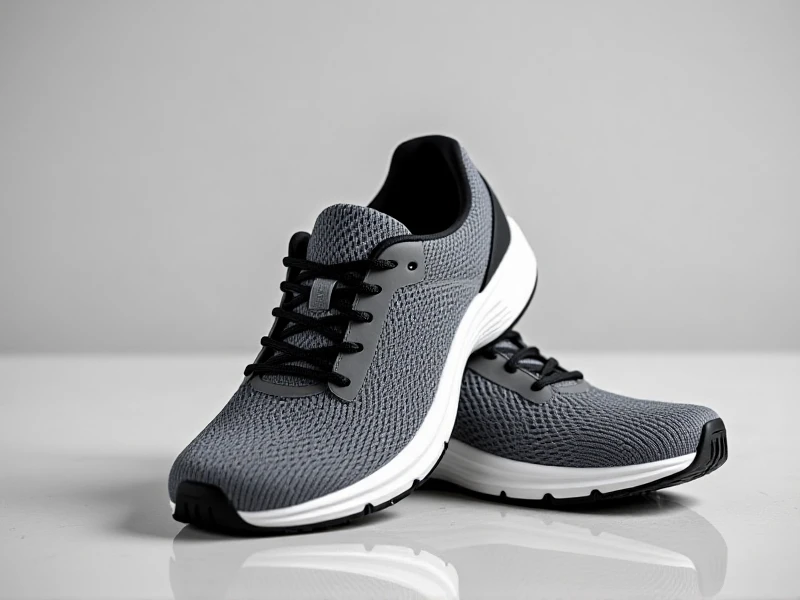Choosing the Perfect Running Shoes: Your Guide to Comfort and Performance in 2024

Finding the right running shoes can make all the difference in your fitness journey. As a dedicated runner, I know how poor footwear choices can lead to discomfort or even injury over time. Whether you're a beginner tackling your first 5K or an experienced marathoner, selecting the ideal pair ensures better performance, reduces strain on joints, and keeps you motivated. In this guide, I'll share key tips on evaluating running shoes based on types, features, and brands to help you stride toward your goals confidently.
First, consider the different categories of running shoes to match your specific needs. Neutral shoes are great for runners with efficient gaits, offering balanced cushioning without extra support. Stability shoes cater to those with overpronation, featuring reinforced arches to prevent inward rolling and reduce injury risks. Motion control shoes provide maximum stability for severe overpronators. Minimalist options like lightweight racing flats focus on agility and speed. For trail runners, rugged outsoles with enhanced grip handle uneven terrain, while road-specific models prioritize shock absorption on hard surfaces. New innovations in 2024 include breathable uppers and energy-returning midsoles, which improve comfort during long runs. Brands such as Nike Pegasus, Brooks Ghost, and ASICS Gel-Kayano consistently receive high marks for their durability and fit.
When shopping for running shoes, key features matter most. Focus on cushioning—adequate padding in the heel and forefoot absorbs impact during runs, protecting your knees and back. Support depends on your foot type; get a gait analysis if possible, as high arches might require more arch support, while flat feet benefit from stability tech. Weight is crucial too—lighter models (under 10 ounces) boost efficiency in speed sessions, but heavier options often offer more cushion for long-distance training. Always try shoes in-store late in the day when feet are swollen, or measure at home to ensure a snug yet roomy fit (a half-inch of space in the toe box prevents blisters). Replacing running shoes every 300-500 miles maintains peak performance.
Ultimately, investing in quality running shoes empowers you to enjoy healthier, injury-free workouts. Test a few pairs before deciding, and pair them with proper running socks for added comfort. For personalized advice, visit our website for detailed reviews, fitting tools, and exclusive early-bird deals. Lace up those new running shoes and hit the pavement—your next personal best awaits!